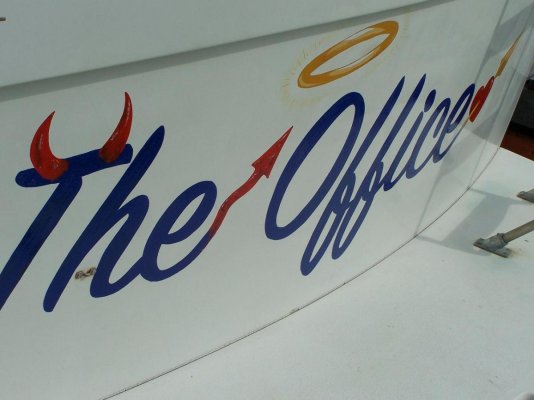Nomad Willy
Guru
I agree. I would like to have a boat that was efficient at 7 knots yet be able to run at 15-20 knots when I wanted. I could have even bought a boat that could do that. However, since there are always trade offs, I decided that the ability to go faster wasn't worth the trade off for me.
I think I understand what Nomad is saying. If I wanted to always run at 10 knots, my boat would likely be the "wrong" boat choice. However, the PO says he ran the boat that way all the time. My boat just isn't efficient at that speed. Likewise, if I never wanted to run above 7 knots (I mean NEVER), then I also would have bought the "wrong" boat because the boat is way overpowered for that speed and the hull isn't as efficient as a FD hull of the appropriate LWL.
If I was always going to have 3 couples on board, my boat may be the "wrong" boat. If I were to only very occasionally have 3 couples on board, my boat is just fine. If we were never going to have guests on board, my boat would be overkill for its use, therefore the "wrong" boat.
Having the "wrong" boat for a given application doesn't mean someone made a bad choice or should have picked a different boat. We buy what we like and we use it as we wish and there is nothing "wrong" about that. However, it is probably a good thing, particularly for a new potential buyer like the OP, to carefully consider how they want to use the boat before they buy one.
Northern Spy has it right. A boat's operating envelop should cover everything you need/want and comfortably cover what you use the most. So if I want to be able to cruise between 6-10 knots but spend most of the time between 6.5-8 kts, the my boat is a good choice. If I wanted 6-10 kts but want to spend most of the time at 10 kts, my boat's operating envelop covers that, just not as well as another boat choice would have been.
The best speed for a boat is not about owners or captains. It's about hull design and power. Through ownership the boat operators can do what ever they want. But ownership dos'nt make what they do right or correct. The only ones truly capable of calling out operational speed ranges are the designers. Actually I ca'nt remember any of them doing it though.
So we've got a speed and power freak and somebody that has a speed connection w toasters. Spy we actually have two. Chris is gluten free and dos'nt want my evil bread in her toaster.






